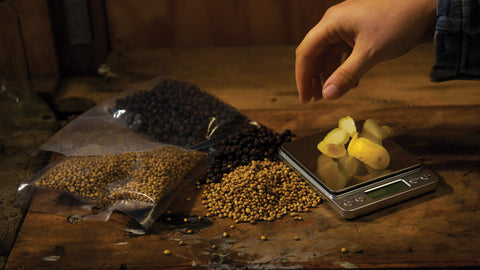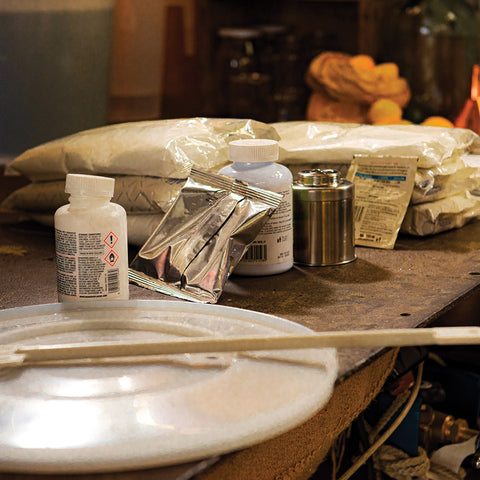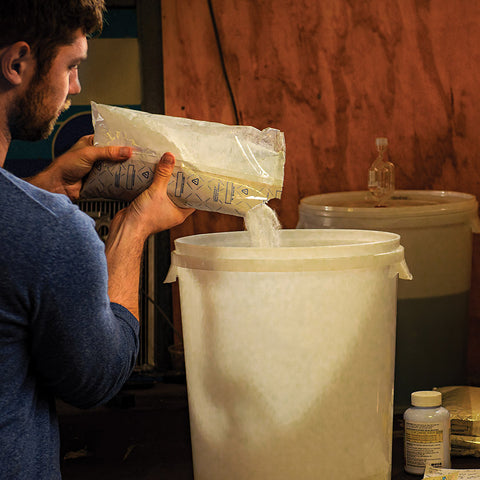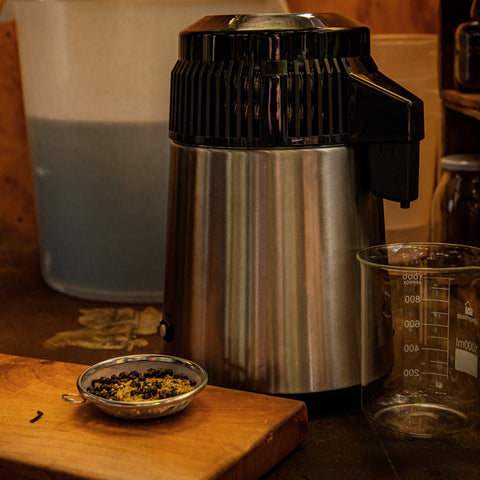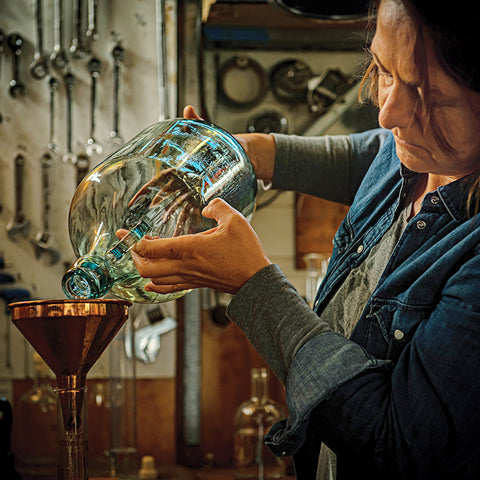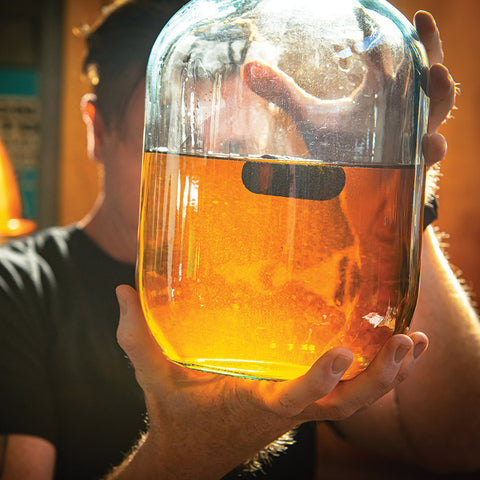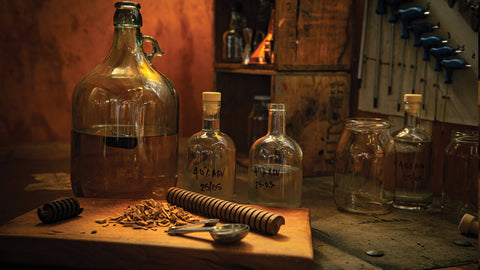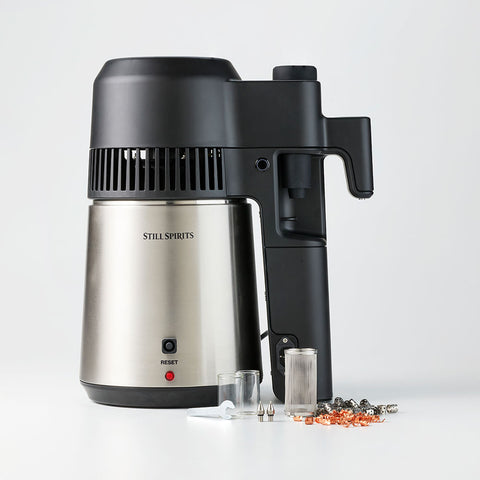New to distilling? We've got your back!
Are you looking for a new hobby that's both challenging and rewarding? Perhaps you've always been fascinated by the craft of distilling, but you're not sure where to start. Fear not, as we're here to guide you through the basics of distilling and help you get started on your journey to crafting your own delicious spirits.
Ready to get started?
Let us guide you on the distilling process. Distillation can be broken down into 5 stages:
- Cleaning & Sanitising
- Making a Wash
- Distillation
- Diluting & Filtering
- Flavouring, Blending & Ageing
Cleaning & Sanitising
To set yourself up for success, it is crucial to properly sanitise your equipment before and after use. Failing to clean your equipment can result in competition between the yeast in your initial fermentation and other wild yeasts and bacteria in the air and on your equipment. This competition could lead to off-flavours and infections in your wash.
Making a Wash
A wash or mash is a fermented liquid used for distillation, which involves selecting the appropriate sugar source and yeast for the desired spirit outcome. For instance, a grain mash is often used to create whiskey, while a sugar wash is used for a neutral spirit base.
The mashing process involves steeping grains in warm water to convert complex starches into simple sugars using enzymes, which are then fermented into alcohol by yeast. A sugar wash combines sugar, water, and yeast, sometimes carbon is added to eliminate unwanted flavours and aromas. Yeast consumes sugars during fermentation, creating ethanol, carbon dioxide, and flavour and aroma compounds, influencing alcohol content and flavour.
Clearing the wash is essential for producing a high-quality spirit as it allows yeast cells, solids, and other compounds to settle. Turbo Clear can be added to speed up the process, or let it occur naturally over several days.
Distillation
After fermentation, the next step is to distill the liquid using a still, which come in various shapes and sizes, and each contributes differently to the overall flavour and alcohol content of your distillate.
All stills have four main components: the heat source, the boiler containing your water or wash, and the condenser to collect and cool the alcohol vapour. Choosing the right still will depend on your desired spirit and volume you can make, as well as the space you have for a set up. A pot still is suitable for producing more flavoursome spirits such as whiskey, rum, and brandy. A reflux still is ideal for producing neutral spirits such as vodka, or as a base to add flavourings to or to infuse with botanicals.
When the still reaches the appropriate temperature, alcohol vapour condenses into liquid and starts to exit the still. The first portion of distillate known as foreshots (quantity depends on the wash and still type), should be discarded as it contains alcohols that should not be consumed.
Depending on the still used, the rest of the distillate can be collected as it comes out or cuts can be made along the way to separate the different qualities of the distillate, which is more common with pot stills than reflux stills, where the temperature remains relatively stable. This allows the distiller more control over the flavours and aromas that make it into the final spirit.
Diluting & Filtering (or ‘polishing’)
Once the distillate is collected, it typically has a high alcohol by volume (ABV), so you'll need to dilute it to the desired ABV using an alcometer and a basic spirit dilution table or calculator. Note: If you plan to age your spirit on oak, you will likely do this at a higher ABV – approx 63%.
Polishing your spirit may be necessary to achieve a purer, odourless spirit, especially when creating neutral spirits or vodka. Gravity-fed filters that use carbon are common for this purpose. However, if you want to retain the flavour of your spirit, such as when making gin, a paper filter is sufficient to remove any fine particles while preserving the taste.
Flavouring, Blending & Ageing
After distilling and polishing your spirit, you can add flavourings to produce a diverse range of spirits and liqueurs. In the case of whiskey or rum, you can begin blending the cuts taken during distillation to create your desired product before moving on to ageing.
Typically, ageing is done in oak barrels or jars with oak chips or spirals, as oak imparts both flavour and colour to the final product.The amount of oak used depends on your personal preference, but remember, you will usually achieve better results with less oak over a longer period.
For everything you need to get started check out the Still Spirits Complete Distillery Kits:
- For large batch spirit creation: T500 Complete Distillery Kit
- For small batch neutral and flavoursome spirits: Air Still Pro Complete Distillery
- For small batch flavoursome spirits: Air Still Complete Distillery

